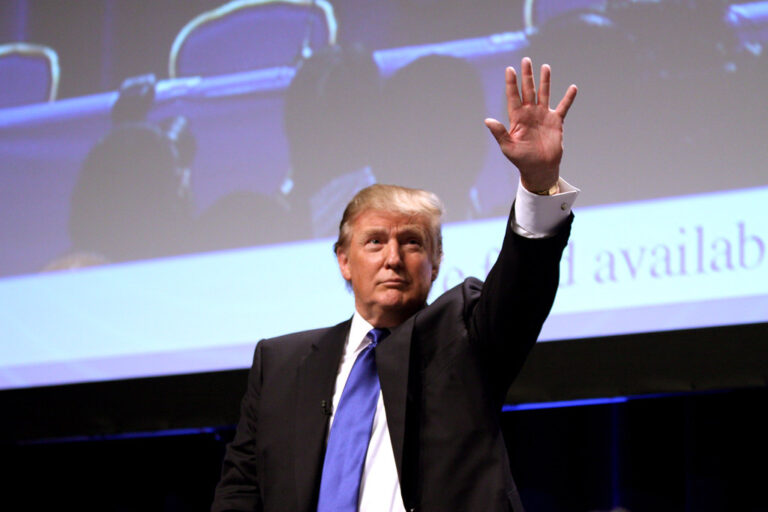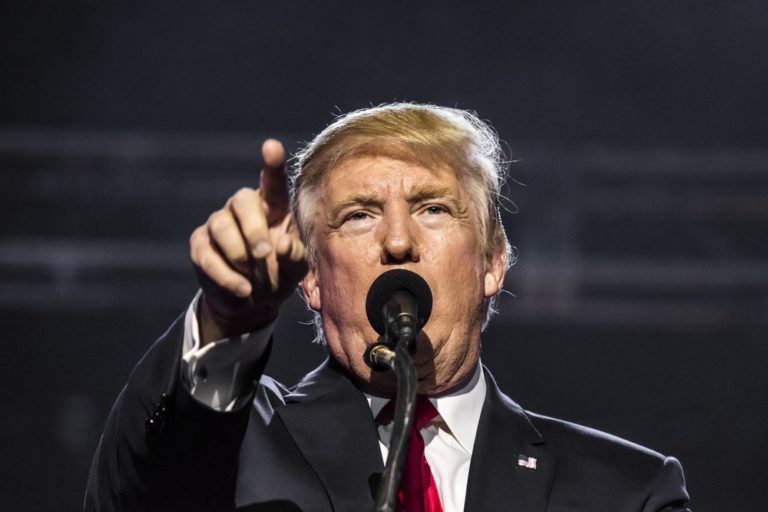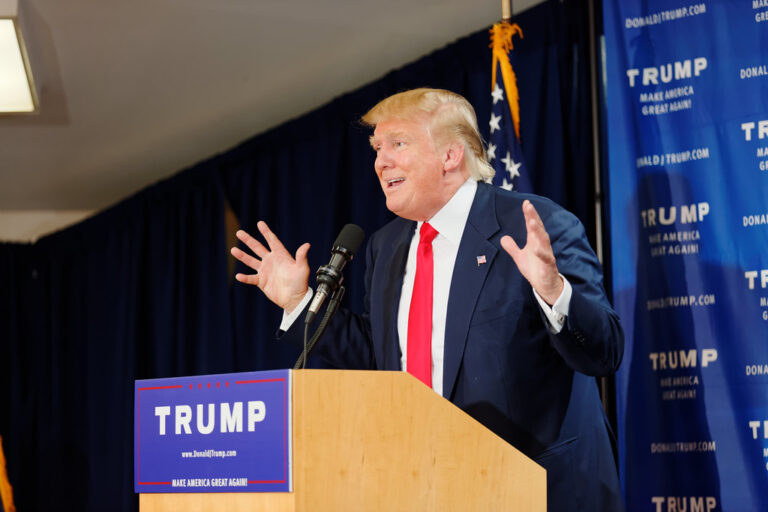Key Takeaways:
- President Donald Trump and Vice President JD Vance had a tense argument with Ukrainian President Volodymyr Zelensky.
- The meeting highlighted a stark personality clash between Trump and Zelensky.
- Zelensky was seen as arrogant and ungrateful, while Trump seemed unaware of Ukraine’s struggles with Russia.
- The clash could strain U.S.-Ukraine relations.
A Heated Exchange in the Oval Office
In a shocking turn of events, a meeting between President Donald Trump, Vice President JD Vance, and Ukrainian President Volodymyr Zelensky turned into a heated argument. The discussion took place in the Oval Office on Friday, leaving many stunned by the tension between the two leaders.
The meeting was meant to discuss important issues, but it quickly turned sour. Zelensky, known for his strong personality, came off as arrogant and ungrateful. He struggled to show appreciation for U.S. support, which didn’t sit well with Trump. On the other hand, Trump seemed out of touch with Ukraine’s concerns, especially regarding Russia’s influence in the region.
This clash of personalities has raised concerns about the future of U.S.-Ukraine relations. Both leaders failed to find common ground, leaving the meeting with more problems than solutions.
Different Personalities, Different Approaches
President Trump and President Zelensky have very different ways of handling things. Zelensky, who rose to fame as a comedian before becoming president, is known for his bold and sometimes confrontational style. He has been open about his frustrations with the slow pace of international aid to Ukraine.
Trump, on the other hand, has always been a straightforward and confident leader. He often speaks his mind and expects respect in return. During the meeting, Trump reportedly showed little interest in Ukraine’s concerns about Russia. This lack of understanding added to the tension.
Their personalities clashed like fire and ice. Zelensky’s perceived arrogance and Trump’s apparent dismissal of Ukraine’s struggles created a toxic atmosphere. The argument quickly escalated, with both sides raising their voices.
What This Means for U.S.-Ukraine Relations
This heated exchange could have serious consequences for U.S.-Ukraine relations. Ukraine relies heavily on American support to counter Russia’s aggressive actions. If Trump and Zelensky can’t work together, it could weaken Ukraine’s position.
Both leaders have responsibilities. Zelensky needs to show more gratitude and understanding, while Trump must pay closer attention to Ukraine’s struggles. If they can’t bridge their differences, the partnership between the two nations could suffer.
A Clash of Egos?
Some say the argument was less about policy and more about egos. Zelensky and Trump are both strong-willed leaders who don’t back down easily. Their inability to compromise led to the heated exchange.
For example, Zelensky reportedly criticized Trump for not doing enough to help Ukraine. Trump fired back, questioning Zelensky’s leadership and saying Ukraine wasn’t doing enough to fight corruption. The conversation quickly broke down.
The Role of Vice President JD Vance
Vice President JD Vance was also present at the meeting. He reportedly tried to calm things down but struggled to make progress. Vance has been a strong supporter of Ukraine, but even he couldn’t ease the tension.
Vance’s involvement shows how important this meeting was. However, his efforts weren’t enough to prevent the argument. The clash between Trump and Zelensky overshadowed any attempts at diplomacy.
Looking Ahead
The argument between Trump and Zelensky is a wake-up call for both leaders. They need to find a way to work together, even if they don’t see eye to eye.
For Ukraine, this means being more mindful of how it communicates with its allies. Zelensky must learn to balance his boldness with diplomacy. For Trump, it means paying closer attention to Ukraine’s needs and showing more empathy.
The U.S.-Ukraine partnership is too important to let personal differences get in the way. Both leaders must put their egos aside and focus on the bigger picture.
Conclusion
The heated argument between Trump and Zelensky in the Oval Office is a reminder of the challenges of international diplomacy. Personality clashes and misunderstandings can quickly derail even the most important discussions.
Both leaders have a responsibility to their nations and the world to find common ground. If they can’t, the consequences could be severe, especially for Ukraine as it continues to face threats from Russia.
As the situation unfolds, one thing is clear: Trump and Zelensky need to work on their relationship if they hope to achieve anything meaningful.
Stay tuned for updates on this developing story.








